Short-siding – How David Fincher and Nicolas Winding Refn Get it Right
By Jason Haggstrom, January 30, 2013

In my recent takedown of The King’s Speech, I focused largely on director Tom Hooper’s overbearing use of "short-siding" (i.e., framing a shot so a character looks and speaks towards the edge of the frame that they are most closely positioned rather than across the length of the frame to where their partner in conversation will appear after the next cut).
As with any artistic choice available to a director, short-siding is not inherently evil. But by making it the default mode of framing in The King’s Speech, Hooper turned it into a mere gimmick—conspicuous, but never compelling. When used sparingly and with intelligence in a richly designed scene, the short-sided shot becomes a component to help convey apprehension and conflict. When used well, you may not even notice that short-siding was ever used at all.
Below are but two recent examples where short-siding was used by a director to great effect.
The Social Network (David Fincher, director)
Late in The Social Network, David Fincher orchestrates a complex ballet of blocking and editing to convey the push-pull dynamics in a bitter conversation between the two men at the helm of Facebook. One component in the design of the sequence is his use of short-sided framing.
Mark Zuckerberg (Jesse Eisenberg) sits alone at the Facebook office. Mark doesn’t know it yet, but his business partner Sean (Justin Timberlake) has just been busted with cocaine while partying with a gaggle of college-aged Facebook interns.
When Mark picks up the call from Sean, he repositions himself to be looking out the short side of the frame. But, as we’ll soon see, there are other factors at play in this scene that keep the short-sided positioning from generating any aesthetic irritations like those found in The King’s Speech.
There’s an audible "click, click" as the lights turn out at the precise moment that Sean informs Mark of his drug arrest. The sound substitutes for the unheard news that Sean has just relayed to Mark over the phone while the dimming of lights in the backgrounded meeting space reminds us of Eduardo’s corporate assassination earlier in the day.
Unlike Hooper’s work in The King’s Speech, Fincher hasn’t abandoned the long side of the frame in his short-sided shot. Fincher’s emphasis on the background (and the backgrounded plot point) give the shot aesthetic balance while creating an astounding level of narrative complexity where the foregrounded character, the backgrounded location, the short-sided positioning, and the offscreen characters all interact to create meaning. Through these directorial decisions we sense the sudden divide between Mark and Sean, Mark’s increasing awareness of the wide-ranging ramifications of destroying Eduardo, and how both he and Facebook have suddenly ended up on the losing side in this battle between frenemies.
Sean looks over to Mark’s physical location in the frame across the cuts, but Mark continues to look out the short side and away from Sean and the ignominy that he refuses to acknowledge. Sean, in a final push to salvage some compassion out of the man who he’d nurtured in ruthlessness, slides over to the left side of the frame and mimics Mark’s position of looking out the short side of the frame:
Buddy’s, right?
Hardly. When Fincher cuts back to the Facebook office, Mark is found positioned on the opposite side as though trying to distance himself from Sean:
As Mark frets about the negative press, Fincher cuts back to Sean ("I have it under control") who treks back across the frame in another attempt to get align himself with Mark and any sympathies that he might have:
But when Fincher cuts back to Mark it’s to show him rotating in his chair, responding to Sean’s movements by once again turning his back on his troubled partner (Mark: "I will get it under control"):
Sensing the futility in arguing his side any further, Sean finally looks out the short side of the frame and away from Mark:
Sean: "You believe me, right?"
Mark: "Go home, Sean."
Although the two men are at odds, the performers barely even elevate their line delivery to the point of raised voices. It is the direction of Fincher that brings the tone of the moment into focus without ever calling attention to the craft that did so much to convey it. Through the timing of the cuts, the uncomfortable framing of the actors, and the deliberately staged blocking, Fincher guides our reading of the scene with a cinema that is narratively descriptive, but never obtrusive.
Drive (Nicolas Winding Refn, director)
As with The Social Network, Nicolas Winding Refn’s Drive uses short-siding to great effect to convey the tension and divisions in problematic relationships. In this scene, Irene (Carey Mulligan) and The Driver’s (Ryan Gosling) budding relationship is severed when Irene’s husband, Standard (Oscar Isaac), returns after being released from prison.
When Standard delivers a toast to Irene, the shots are conventional in that the two characters—in two separate shots—look across the length of the frame to the spot where the other will appear when the cut occurs:
There is no confusion about the fact that Standard and Irene are looking at each other. The eyeline of Standard in the first shot told us where we’d find Irene in the frame of the second shot before the cut was even made. But when Irene and The Driver meet in the hallway, the framing and eyelines are anything but conventional.
The domestic spaces behind both Irene and The Driver’s doors have become spaces of separation, isolating prison cells where the other may no longer venture. This separation is further emphasized by Refn’s directorial choice to not only confine Irene and The Driver to their own single shots instead of a shared two-shot, but in his choice to short-side the framing in those shots. The discomfort of the short-sided frames tells us everything we need to know about the instability of their relationship even though the characters don’t actually say much of anything at all.
But although the shots are short-sided, we still understand that the two images are part of a larger scene space. There is no confusion in the spatial relationships here. This hallway is neutral ground, and these would-be-lovers have found a common connection through the act of touching the wall that spans the length between their doors. For Irene and The Driver touching a shared wall becomes a furtive touching of bodies, a virtualization of an act that had already been approached with caution even before Standard was in the picture. And, although their eyelines never meet in the screen space across these two cuts, that wall connects their eyelines in our mind:
Refn’s short-sided framing scheme also creates a new space for these characters to communicate that exists outside of the conventional, long-sided approach that we and the characters within the film expect. When Standard breaches their unspoken exchange, he takes the conventional approach of confronting The Driver by way of his eyeline directing us across the longer distance of the frame:
But after the cut, The Driver is not actually located on the right side as we’d expect based on Standard’s eyeline; he’s still on the left side, staring out the short-side of the frame towards Irene. This positioning adds to the scene’s tension even as The Driver’s passivity indicates his own severe lack of concern. When he does make eye contact with Standard, it is on his own terms; he remains on the left side of the frame instead of being repositioned to the right-hand side where Standard directed his interrogation.
And there’s still more meaning that can be gleaned from Refn’s blocking and camera placement. Consider how The Driver is continually positioned as the largest person in the scene. For all of his chest beating, Standard still comes off as diminutive when confronting The Driver. Some of that comes from Gosling’s performance—The Driver remains cool and collected during the confrontation, detached even, while maintaining a neighborly smile. But it is mostly conveyed through Refn’s camera placement and blocking of his actors. Standard is always located further back from the camera in the scene space, which makes him appear physically smaller than, and look up to, The Driver.
And when Standard crosses the hallway to the door, his blustering pose in the doorway does nothing to build up his tough guy stance regardless of it being doubled up via a shadow on the wall. The Driver still towers over Standard, holding onto that same expression of indifference while paying Standard no mind at all.
It’s a beautifully staged sequence where narrative complexity is quickly conveyed through bold direction.
Not unlike Fincher’s work in The Social Network, Refn’s use of short-siding is never just a means to an end but a singular tool in a very large directorial toolbox. That’s the difference between real artistry and the use of a gimmick. When executed well, artistry is obscured by the meaning that it was designed to convey whereas the gimmick’s vapidity becomes increasingly obvious the more it is examined. Unlike Tom Hooper’s gimmicky use of short-siding in The King’s Speech, these examples from The Social Network and Drive illustrate that short-siding can be used to great effect in conveying apprehension, tension, and conflict in a scene.
![]()

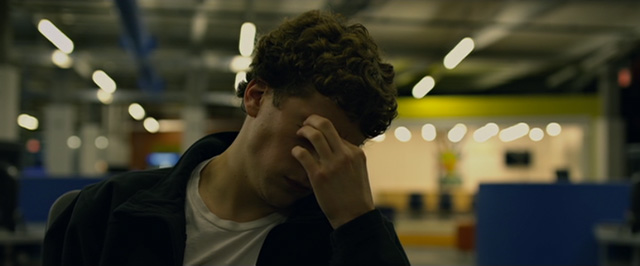


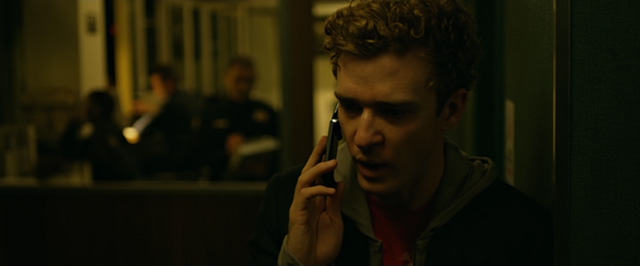

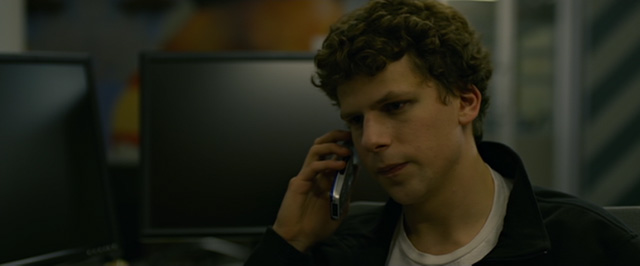
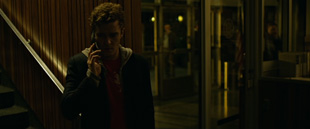

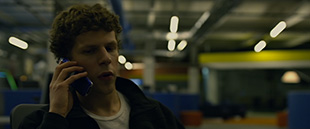
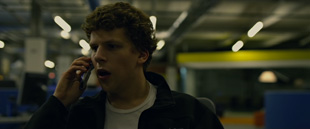

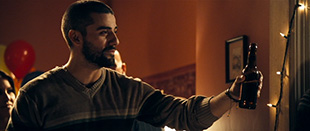
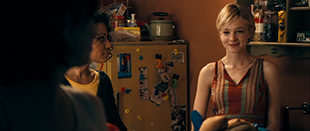

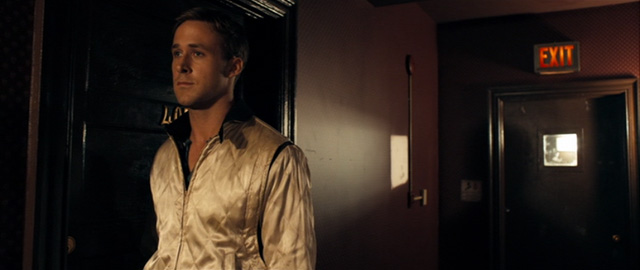
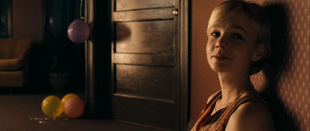
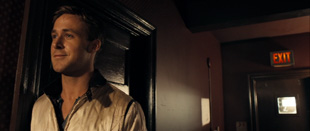
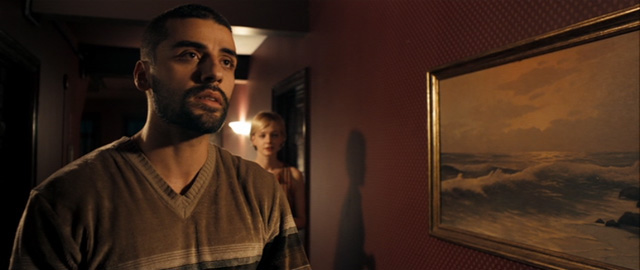

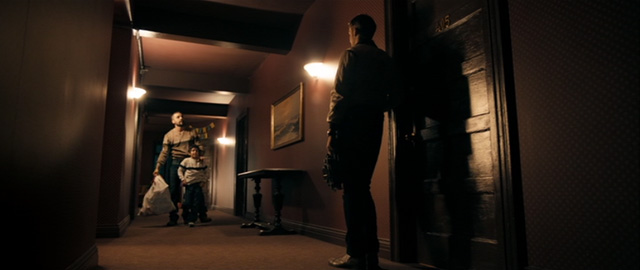
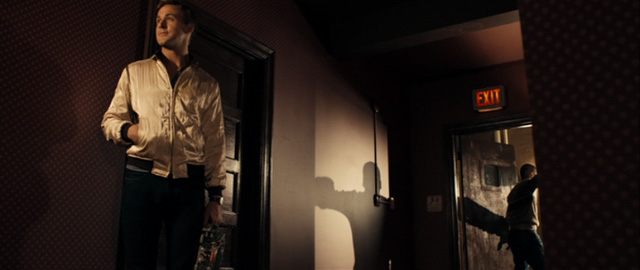
3 Comments
By Joshua on June 3, 2015 at 5:52 AM
Love these analyses. You should post more!
By Jason Haggstrom on June 3, 2015 at 11:16 PM
Thanks, Joshua! I’ve got a few in a first draft state that have been collecting dust for a couple of years now. I’ve been consumed with other projects so I just haven’t dedicated any time time to finishing them!
By Precious Okpala on March 7, 2024 at 11:48 PM
This is very helpful thanks for sharing.
Leave a Comment